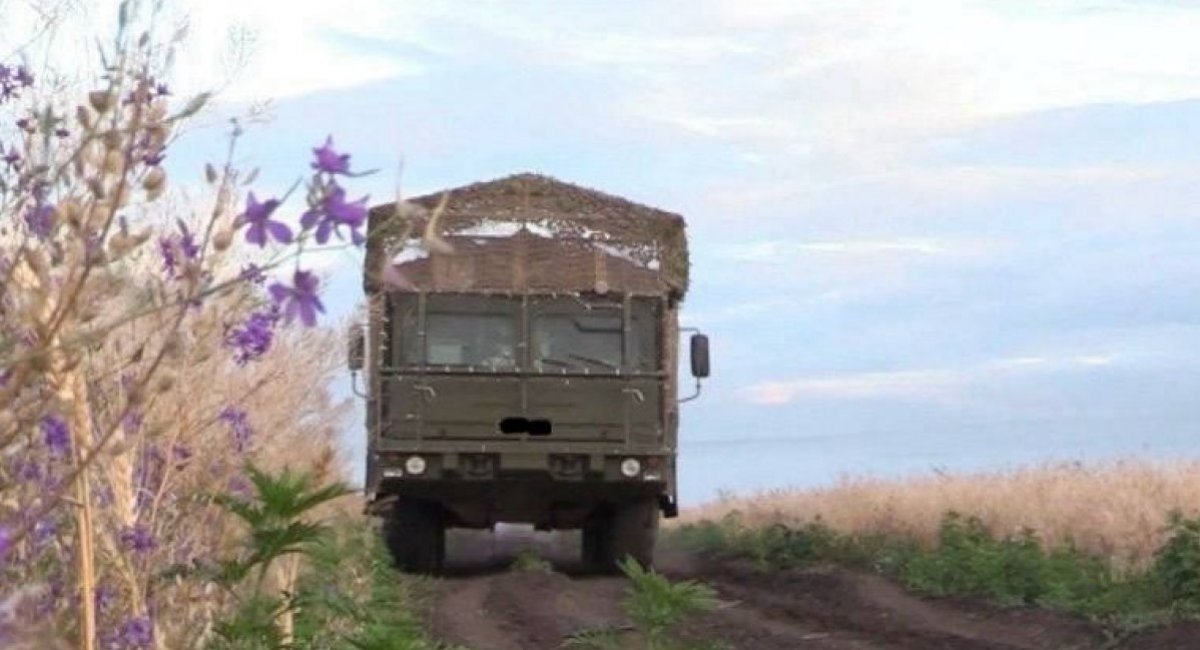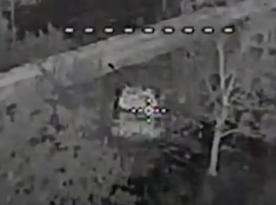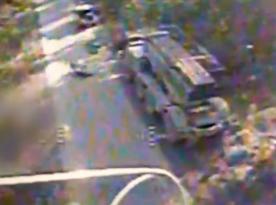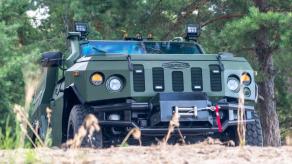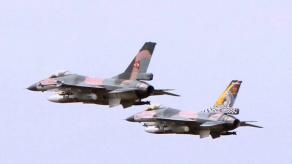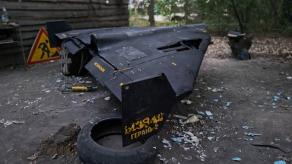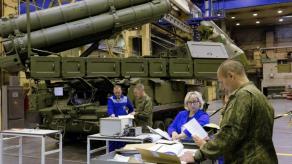russian 152 mm 2S44 Giatsint-K wheeled self-propelled artillery system has reached the front line. So let's take a look at its standard additional protection. This is a critical issue on the modern battlefield, where unmanned systems have become dominant.
As noted by the social-lifestyle magazine Vodogray, these are the first images of the occupiers using the self-propelled gun outside of a training ground or parade. It should be noted that it may have been used on the front lines earlier, but this has not been confirmed.
Read more: russia Shows Off the Yenisei Armored Train with the ZU-23-2 Cannon, BMP-2 Fighting Vehicle, and NSV Utyos Gun
Although this wheeled self-propelled artillery was once believed to avoid return fire thanks to its ability to quickly deploy, fire, and withdraw, the situation has now changed completely. The widespread use of reconnaissance and strike UAVs, combined with the positional nature of the war, has significantly diminished the advantages of mobility, shifting the focus toward strong fortifications.
So, the standard protection of the Giatsint-K includes anti-drone screens installed above both the cabin and the gun. Additional screens are also installed along the sides of the system, but the breech remains more vulnerable, as it is only covered by a mesh — this is where loading takes place.
This provides a degree of protection against strike UAVs, improving crew survivability and reducing the risk of losing the entire self-propelled artillery piece. This is especially important because the barrel is often targeted, which puts the system out of action until it can be replaced. Replacement is complicated by the fact that new Giatsint systems are no longer being produced.
Since the screens are installed from above, the time required to prepare the self-propelled gun for firing has increased, which further affects its mobility. At the same time, when in position, the drone can still hit the unprotected breech, because the mesh is raised during use.
It should be noted that the 2S44 is manufactured by installing the 2A36 Giatsint-B on the BAZ-6910-027 Voshchina chassis. The 2S43 Malva self-propelled howitzer is manufactured according to the same principle, using the 2A65 Msta-B as its artillery component and can be equipped with the same additional protection.
In current conditions, where artillery is typically deployed in fortified positions, converting a towed system into a self-propelled gun may appear less rational. It should be noted that this concept was first developed even before the full-scale russian invasion of Ukraine, when mobility was used as an advantage in the absence of the necessary fortifications.
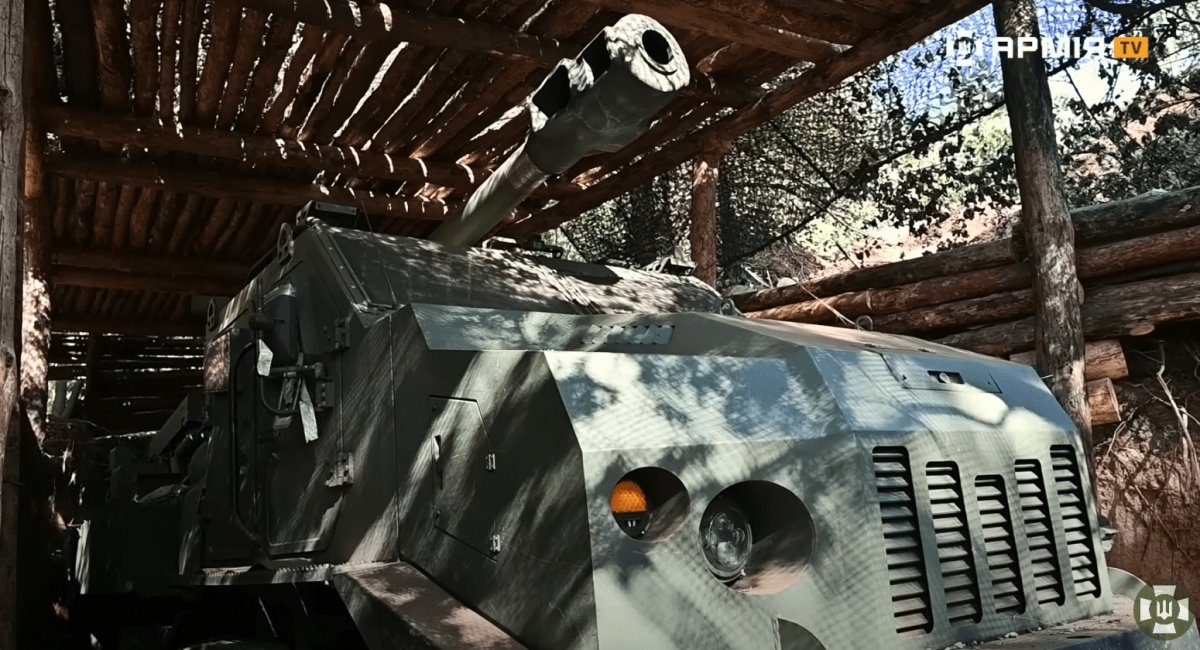
Accordingly, additional protection for self-propelled guns is becoming mandatory, particularly when their range, as with the Giatsint-S, is limited to less than 30 km using conventional ammunition. These consequences are the result of the dominance of unmanned systems on the battlefield.
Read more: russia Deploys New Anti-Drone Missiles for Pantsir System: First Batch Delivered




